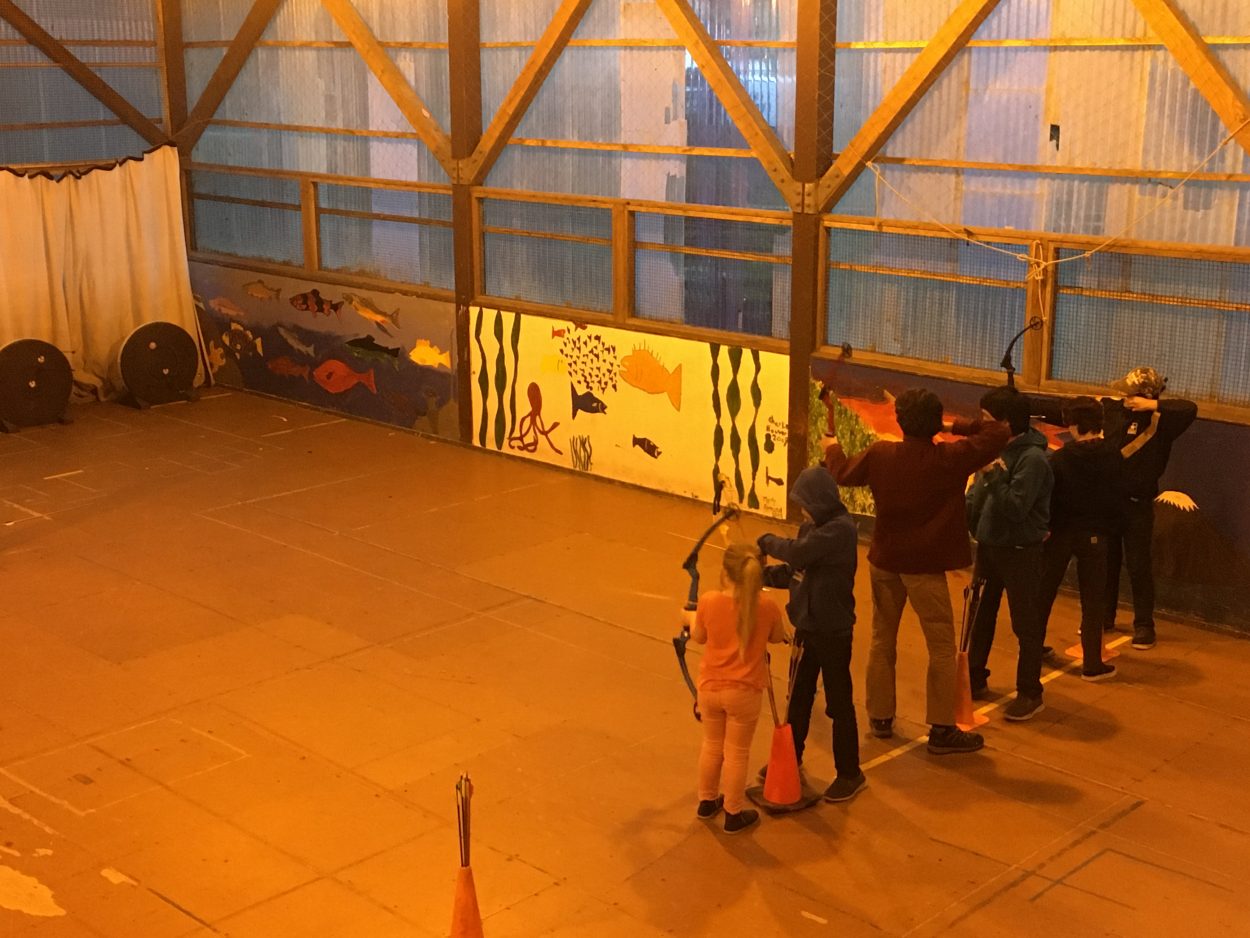
Since 1999, more than 40 schools in Alaska have closed because of low enrollment numbers, according to data from the state’s Department of Education and Early Development or DEED. Almost all of them were in remote places where schools are central to keeping small communities connected.
The Southeast town of Port Alexander has struggled with low enrollment numbers for years, but they’re turning to a creative solution to keep their school alive.
Port Alexander sits on the southeastern shore of Baranof Island, about 65 miles from Sitka. It’s only accessible by float plane or small boat.
According to the last census (2010), the remote fishing community has just 52 year-round residents, down from thousands in the early 20th century. Their school’s enrollment numbers have dwindled too.
“This last year, they had nine students,” Southeast Island School District Superintendent Sherry Becker said. The district includes Port Alexander and six other remote schools.
She said that number is particularly troubling because schools need at least 10 students to qualify for state funding to run the school. It’s a story she knows well. In the last 20 years, the district has lost six of its schools to low enrollment numbers.
“I’ve seen numerous communities just shrivel, you know, people leave because there’s not a school. That’s where all the functions happen,” Becker said.
The district is footing the bill to keep the school open, paying for a teacher and a few staff without state reimbursement. But Becker and Port Alexander residents knew that wasn’t sustainable long-term. They looked at foster care and foreign exchange students as a way to increase enrollment. After a series of community meetings, they settled on an idea for a magnet school, open to students within the district, Alaska and the lower 48.
“It’s always been kind of my dream of you know, we have foreign exchange students, but why can’t we have national exchange students or Alaska exchange students?” Becker said. “Where they just come and experience different cultures and different environments.”
And the culture and environment in Port Alexander is very different from most places in the country. For starters, the school has just two classrooms: one for elementary students and one for middle and high schoolers.

“So this is our architectural class, and the kids are starting to learn to read blueprints,” teacher’s aide Molly Kimzey explained when I joined the class over Zoom on a Tuesday afternoon. She’s working with four students to build a model house out of balsa wood. It’s a practical skill in a place where many people build their own homesteads.
“A lot of people raise their own animals here,” Kimzey said and then she turned to her students, asking what kind of animals their families raise.
The four boys yell answers: quail, chickens, dogs. They talk about spending time hunting and fishing too.
When community members sat down to design their magnet school, they wanted to fold in skills necessary to life in an off-grid fishing town. Things like wood gathering, foraging for mushrooms, jigging for rockfish, and fixing small engines. And learning about the forest and marine environments that sustain them.
“We thought, we all love sciences, we all love living hardy,” said Julia Trischman, a former teacher at Port Alexander’s school. She’ll serve as the lead teacher for the Alaska Alexander Archipelago Tongass and Tidal Science Academy. “And so what if we use our beautiful pristine environment here in Port Alexander to teach kids science and how to survive in the wilderness.”
The magnet school’s nine-week pilot program starts in the fall and will offer up to five high school students free academic courses as well as housing with a local host family.
But the program isn’t just about the students coming in. The community wanted to design a curriculum that challenged local students too, so they partnered with Southeast organizations like Outer Coast college and the Sitka Sound Science Center to create a mentorship program and provide hands-on science training. And, Trischman said, it’s a unique opportunity for exposure to the outside world.
“There’s not very many kids. So the collaboration among peers of their age, all those are very important,” Trischman said. “So bringing other kids into the community will allow kids in Port Alexander to gain those skills.”
Whether the idea will keep Port Alexander’s school alive is yet to be seen. Other schools in the region like Tenakee Springs have fought similar battles in recent years and lost. According to data from DEED, more than 30 schools in Alaska have enrollment numbers below 15, dangerously close to the 10 student cut-off for state funding. That includes Pelican, which has just 11 students. And the pandemic has only compounded low enrollment numbers.
But a handful of students have already expressed interest in Port Alexander’s magnet school, and several families in the town do have small children. The teacher’s aide Molly Kimzey said it’s not just about the kids. The school serves as a hub for community events like holiday potlucks and bingo tournaments.
“We want to make sure the kids can still get a good quality education but still be at their home communities,” Kimzey said. “We could all move to other places for education, but that really kills the community when there’s no school there.”
The magnet school idea is a new one for the Southeast Island School District, but if all goes according to plan, it will serve as a model for other schools around the region.
Erin McKinstry is a Report for America corps member.






























